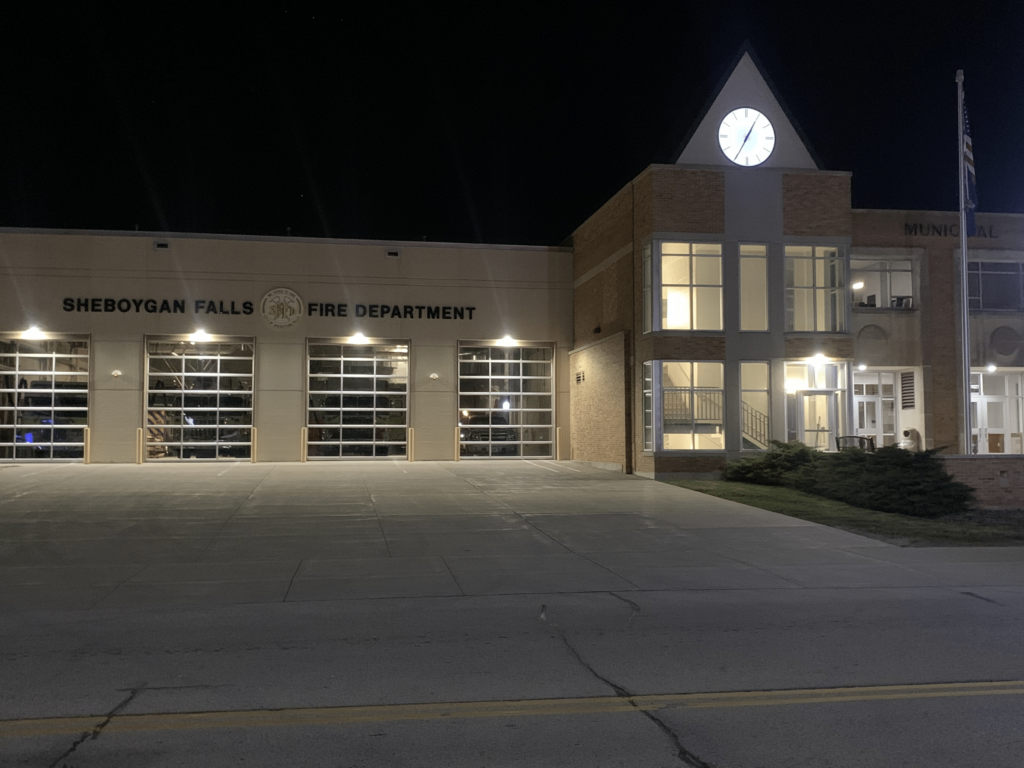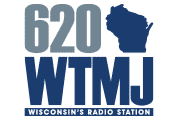SHEBOYGAN FALLS – This week is Severe Weather Awareness Week both in Wisconsin and across the country, and just over two months since a historic February tornado struck the southern Wisconsin town of Evansville, now more than ever it’s imperative that meteorologists share accurate severe weather information as quickly and reliably as possible.
To help achieve this mission, every spring the National Weather Service holds several storm spotter training sessions across Wisconsin, providing everyday people the tools they need to provide accurate, reliable, and concise information to meteorologists who make critical decisions on issuing watches and warnings.

I spoke with Cameron Miller, a National Weather Service meteorologist out of the organization’s Sullivan office in Southeast Wisconsin, to learn more about what makes these spotters such a valuable community resource. I also asked Miller to explain the difference between a storm SPOTTER and a storm CHASER.
“Spotters are generally out there to support our warning operations when we’re looking to get the word out about severe weather. Storm chasers on the other hand, I feel they’re primarily hobbyists,” says Miller “Some report to us, but not all, and a lot of storm chasers are out there for selling footage. Storm chasers are out there actually putting themselves in front of storms…taking footage and maybe selling it as well.”
Miller says both parties are important pieces in the effort to communicate severe weather threats to the public. On average, Miller says thunderstorm hazards (hail, lightning, straight-line winds, tornadoes, etc.) are responsible for over 280 deaths per year in the United States; tornadoes alone account for about 80 of those deaths annually.
The sessions have drawn increased interest this spring, following last February’s historic tornado that tore through the Rock County community of Evansville.
READ MORE: Evansville recovering from Wisconsin’s first February tornado
“When we have a big severe weather event, especially before these spotter talks start, it tends to drive up attendance a little bit. These spotter talks are a great avenue to begin learning about severe weather and how to report it,” says Miller. So far this year, the talks have drawn an average of 39 people a night; Tuesday’s Sheboygan Falls event set the attendance record with 71 spotters-in-training.
For a list of upcoming storm spotter training sessions, click here.










